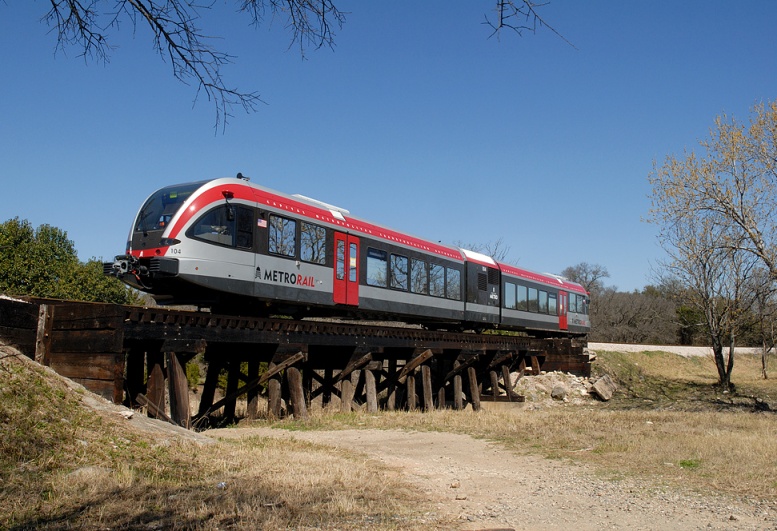John_Perkowski wrote:Amtrak went to Head-End Power because they wanted out of the business of having generators on each and every car.The statement pertaining to air conditioning is not an accurate statement.
What do folks think ran the air conditioning before Amtrak? Auxiliary power. Axle generators weren't enough.
It's a cost control thing.
Air conditioning on the majority of lightweight passenger cars was powered by the individual car's DC battery system, which was charged by an axle driven generator or genemotor (Spicer Drive) when the car was moving, or by standby ground power when parked in a yard or terminal station. Standy power (240, 220 or 208 VAC three phase) powered the motor section of the genmotor which spun the generator sectiuon of the genemotor which produced DC to charge the batteries, which were used to run the 32 VDC, 64 VDC or 110 VDC car. There was only a limited number of lightweight passenger cars that were self-contained with "auxiliary power" provided by a diesel generator or by a propane fueled Waukesha engine-generator unit or a propane fueld Waukesha Ice Engine.
Last edited by jhdeasy on Wed Dec 21, 2011 11:00 am, edited 1 time in total.
